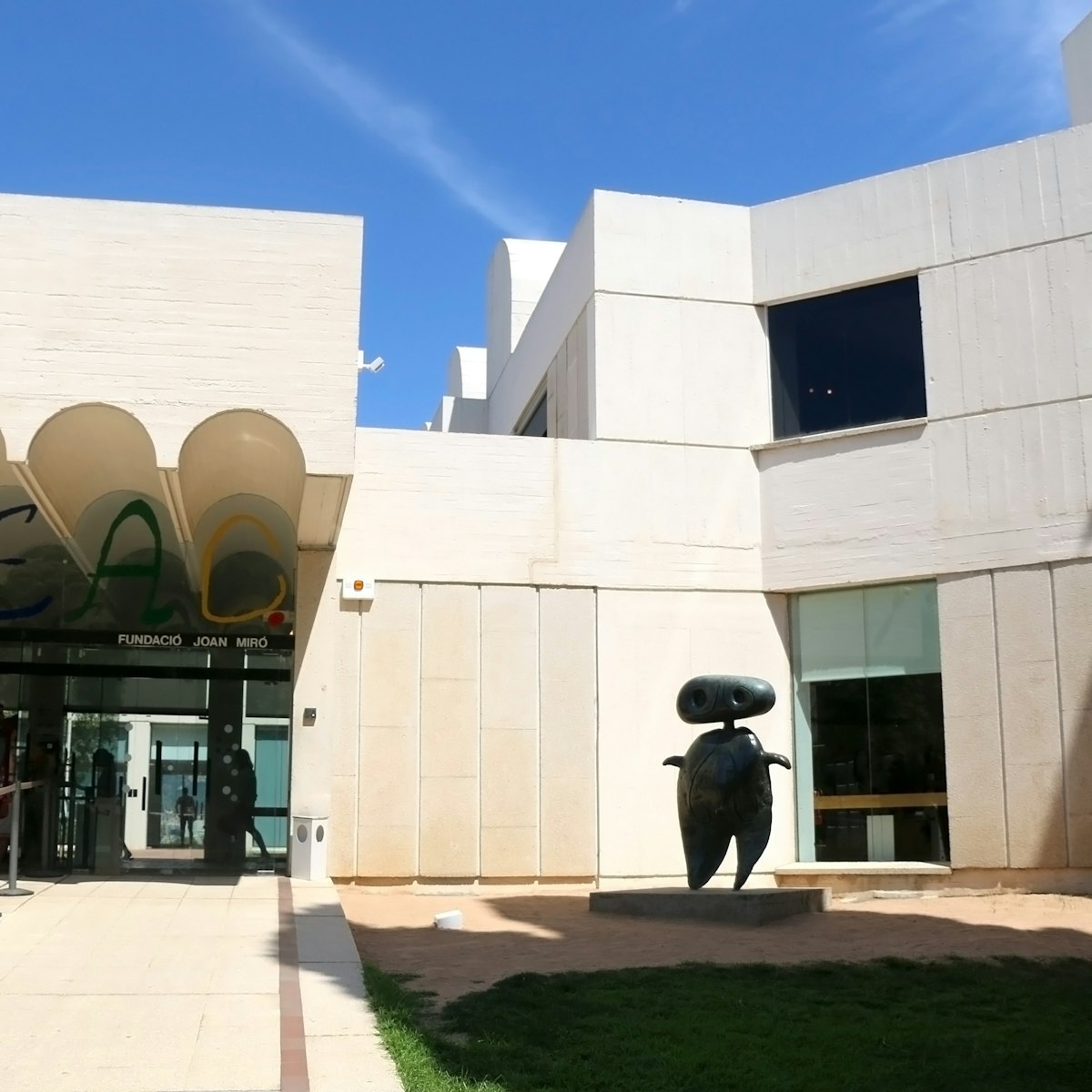Sitting firmly in the top tier of Antoni Gaudí's many achievements, this madcap Unesco-listed Modernista masterpiece (officially called Casa Milà) was created in 1905–10 as a combined apartment and office block.
La Pedrera’s entirely unique use of light, space and movement remains just as astounding today as when Barcelona’s premier architect first dreamt it up, and the line between decoration and functionality is deliciously blurred.
Whether you’re a first-time visitor or a local resident who walks past it every week, it’s impossible not to be stopped in your tracks by La Pedrera’s glowing grey-white facade – a wave-like, Catalan-stone wonder wafting around the corner of shop-lined Passeig de Gràcia onto Carrer de Provença. But that’s only the beginning.
There’s much more to discover once you step through the doors of one of the Catalan capital’s signature buildings, starting with a two-courtyard butterfly-shaped structure designed to maximize natural light and airflow. From here things only get more otherworldly as you spiral upwards to the fabled rooftop, with its medieval-knight-inspired chimneys.
Nature was Gaudí’s ever-present muse, and this is felt in every inch of space at La Pedrera, from the curving irregular apartment design to the plant-like shape of the glass-and-iron access gates.
Insider tip
During the hot summer months, La Pedrera hosts jazz concerts by emerging local musicians under the stars up on the roof. Book tickets ahead and soak up the musical magic and Mediterranean breeze over a glass of sparkling cava.
History of La Pedrera
Though commissioned by businessman/politician Pere Milà, La Pedrera was owned by his wealthy wife Rosario Segimon, who lived here until her death in 1964. Gaudí envisioned the building outdoing all his previous creations, which by this stage included Gràcia’s marigold-tiled Casa Vicens, El Raval’s Palau Güell and wondrous Casa Batlló just down the street. The building also broke architectural ground by bringing in a basement parking space – Milà was one of the first people in Barcelona to own a car.
La Pedrera gets its most popular nickname (The Quarry) from its wavy stone facade, though formally it’s called Casa Milà. These days it’s mostly devoted to cultural events, office space and tourism, but a few of the 16 apartments are still lived in. Author and long-time resident Ana Viladomiu shares fascinating snapshots of modern-day life at La Pedrera on social media and has even set some of her books here.
Highlights of La Pedrera
First there’s that dazzling, unmissable exterior, created using over 6000 blocks of stone from Catalonia’s Garraf, Vilafranca and Ulldecona areas. The undulating shape brings to mind an ocean-side cliff sculpted by the forces of nature, while the 32 wrought-iron balconies evoke tendrils of washed-up seaweed and were handcrafted at a local artisan workshop.
Once inside, two large ground-floor patios decorated with colorful murals set the scene for what is to come. You’ll probably want a couple of hours for an in-depth audioguide-led visit at a leisurely pace, but if you only have 30 minutes the extraordinary roof terrace is the big highlight.
Expect a feast of up-and-down staircases, wraparound Barcelona views and curiously adorned sand-colored chimneys that resemble medieval knights from certain angles. In classic Gaudí style, a celebration of traditional Catalan artisanship infuses the entire building, and the chimneys – some of which are covered with sparkling-white trencadís (smashed-up tilework) or repurposed green cava bottles – are a prime example.
Most visits also include a spin around El Pis de La Pedrera, a fourth-floor apartment styled as it would have been in the early 20th century when bourgeois Barcelona families lived here. This is a great place to appreciate Gaudí’s ingenious fusion of functional spaces with creative ornamental features, such as the door and window frames that feel almost like flowing sculptures. Not everyone was completely thrilled with La Pedrera’s unconventional apartments; after Gaudí died in 1926 (he was fatally injured by a tram), Rosario Segimon redesigned several elements of her own home, including some of the spiraling ceilings.
There’s also a dynamic museum set among the attic’s 270 parabolic red-brick arches, which showcases models of Gaudí’s buildings, examples of natural elements that inspired his work and more.
Tickets and other practicalities
La Pedrera is open all day (9am-8:30pm, excluding specific events/tours) Monday to Sunday throughout the year, excluding the odd holiday. Book all tickets in advance online to avoid the worst of the queues and to bag the best prices; basic tickets (adult/child €25/12.50) include an excellent audioguide.
An array of expert-guided tours includes an early-doors "Sunrise" itinerary that gets you in before the crowds, an after-dark tour ending with drinks on the roof and an "Unseen La Pedrera" option that opens up otherwise off-limits areas such as the famous car park and the curious ochre-red back facade.
For a free peek at the back facade, pop into one of the nearby shops just north along Passeig de Gràcia – some have terraces overlooking the building from across the interior of the same Eixample block.










